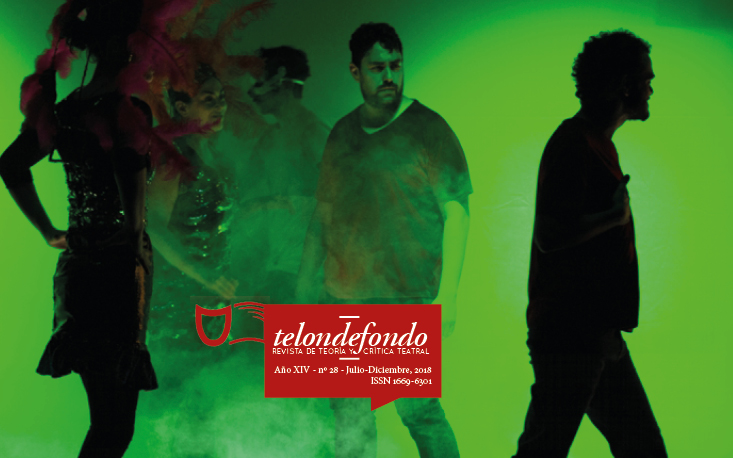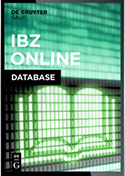Theatricality and Visual Arts in the 21st Century
Abstract
In the art of the 21st century, the relationship between theatre, visual arts and performance allows us to show the representational tensions –autoreflexive and experiential– and how, in this non-mimetic disposition, the figural, the movement, the thought and the poetry happen, opening diverse horizons. In these interrelations, the presence and actions of the dramatists, actors/performers, are conceptualized, trying to give an answer to how to measure the effects that are sought and directed towards the spectators. It is interesting to treat the sensoriality and the poeticity and to consider how they are implemented in certain dramaturgical productions, creating something more than a visual-scenographic installation or mere scenic atmospheres. This multiple artistic interrelation in the dramaturgic summons a different convivial experience in the shows of Romeo Castellucci, Jan Fabre and Jan Lauwers, and allows them to be included in the post-avant-garde –not only for the reformulation of proposals of Futurism, Dadaism or Surrealism, or for the recovery of pre-modern, modern, postmodern, western and non-western temporalities– but because, while they rewrite aspects of the cultural past, they produce clashes of different levels, signifiers, and symbolizations, presenting another way of communicating in the theatre of the 21st century.Downloads
Los autores/as que publiquen en esta revista aceptan las siguientes condiciones:
-
Los autores/as conservan los derechos de autor y ceden a la revista el derecho de la primera publicación, con el trabajo registrado con Licencia Creative Commons Atribución-NoComercial-CompartirIgual 4.0 Internacional, que permite a terceros utilizar lo publicado siempre que mencionen la autoría del trabajo y a la primera publicación en esta revista.
-
Los autores/as pueden realizar otros acuerdos contractuales independientes y adicionales para la distribución no exclusiva de la versión del artículo publicado en esta revista (p. ej., incluirlo en un repositorio institucional o publicarlo en un libro) siempre que indiquen claramente que el trabajo se publicó por primera vez en esta revista.
-
Se permite y recomienda a los autores/as a publicar su trabajo en Internet (por ejemplo en páginas institucionales o personales).











